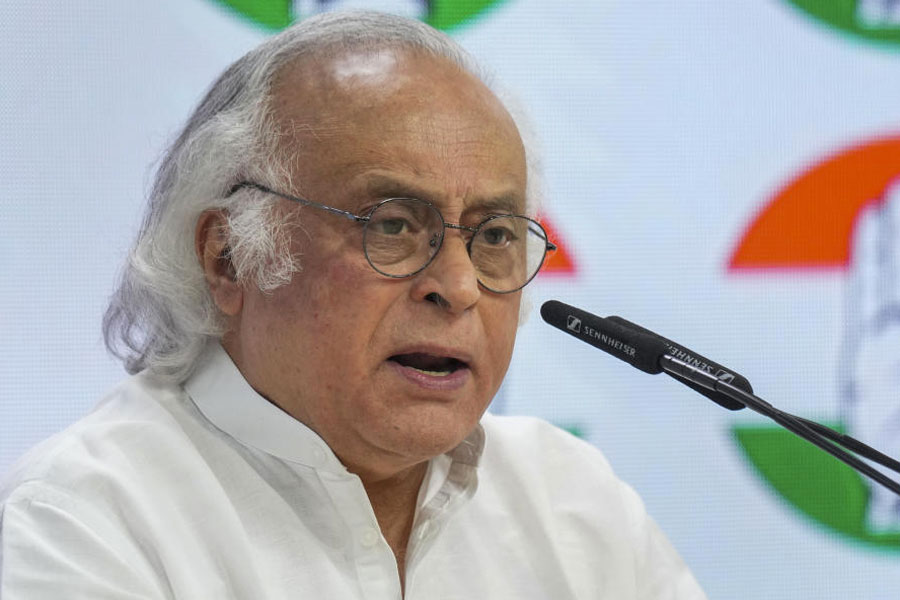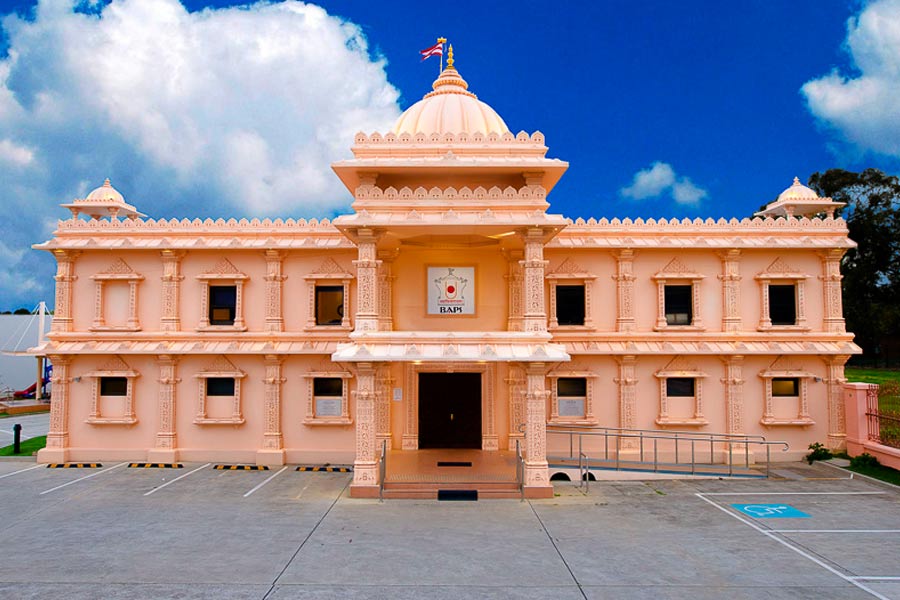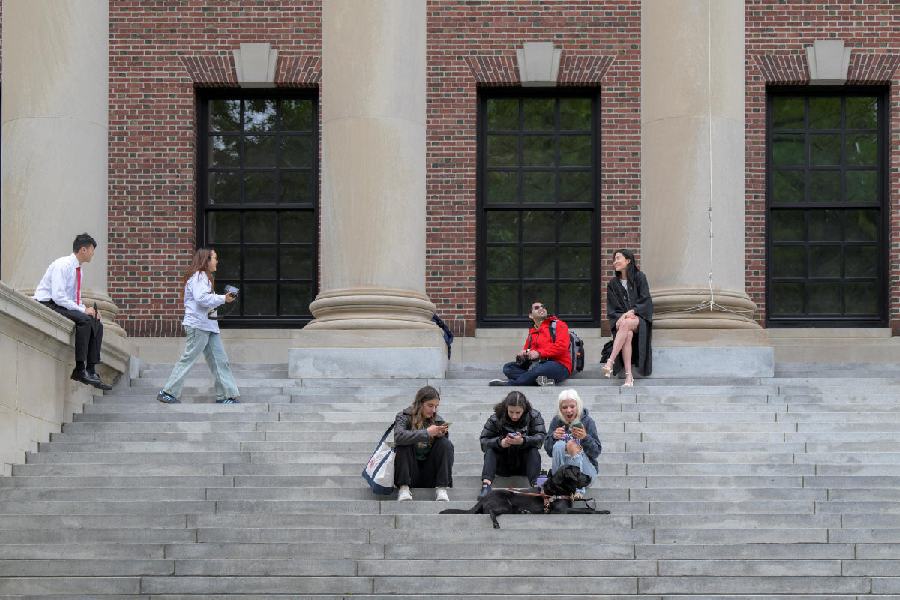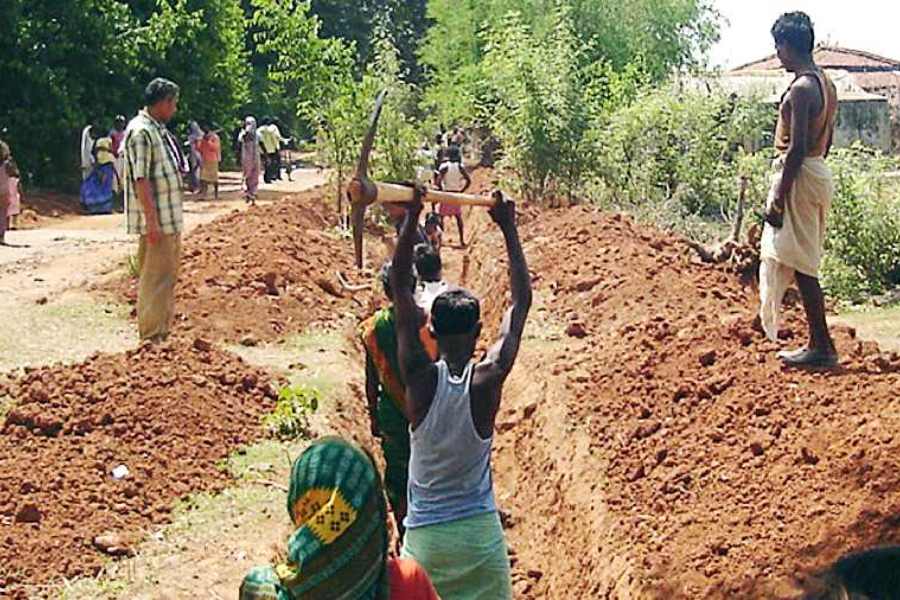 |
| A meji being prepared in Tezpur on Wednesday for Bhogali Bihu. Picture by Eastern Projections |
Guwahati, Jan. 12: The fire has been glowing for ages now, through centuries and cultures; according to academicians and writers, the embers of what it was still simmers in the pages of our history.
Late Lila Gogoi, the reputed folklorist who wrote a number of books on Bihu, Bongeet and Assamese culture, in one of his books, says that the cultural elements of the Aryans, the Austrics, the Mongoloids and the Alpines are intertwined in such a way in the celebration of Bihu that they are almost impossible to separate. Experts say that it wouldn’t be wrong to say that the festival is generally celebrated after harvesting of saali rice. With aahu rice being of greater importance in societies such as the Mising, their celebrations will come well after Makar Sankranti, after they bring in the harvest, sitting back to celebrate Ali Ai Ligang in the month of Phagun.
Academicians and writers are still out to decipher the origin of Uruka and its relevance. “This is not to say that we can definitively establish a connection between the two but there is something very interesting that we can ponder on,” says writer Satyakam Phukan. “There was a word, woka, that existed among pre-Christian Europeans. It meant the evening before a festival they celebrated. After these societies were Christianised, the word found itself being used by Christians, in quite similar a usage of the word Uruka, which, too, means the evening before.” Phukan’s Ecossais, The Khasi Saga deals with the ethno-linguistic roots of the Khasi people; Tonkori his other work deals with the similarities between Assamese and some other languages, and Ainu, a language spoken by a Japanese community.
Bhogali Bihu begins on Makar Sankrati in mid-January.
Among the Hindus, the festival bears great astronomical significance as it marks the transition of the sun from Sagittarius to Capricorn during the winter solstice in the Northern Hemisphere (Uttarayana).
Experts such as Nagen Saikia, former president of Asam Sahitya Sabha, say non-Aryans used to celebrate a post-harvest feast in winter and a big fire was used to keep the biting chill away, readying the scene for the merrymaking to come. They believed that fire had the power to ward off all evil. With the influence of the Aryans, who came to the Brahmaputra valley from the mainland and later settled here, the big fire acquired a religious connotation and became the ‘Sanskritised’ fire that the Assamese people now worship on the first day of the month of Magh. Apart from uniting families on a day of togetherness, the festival also offers youngsters the opportunity to offer their respects to elders and receive their blessings.
Among the agrarian communities of Assam, Bhogali Bihu marked a period of rest, before farmers went back to work on their fields in the spring, sowing, sweating and making a living with their loved ones, marked by the other Bihus to come, Bohag in April, Kati in October and back to a sumptuous feast again in January.










